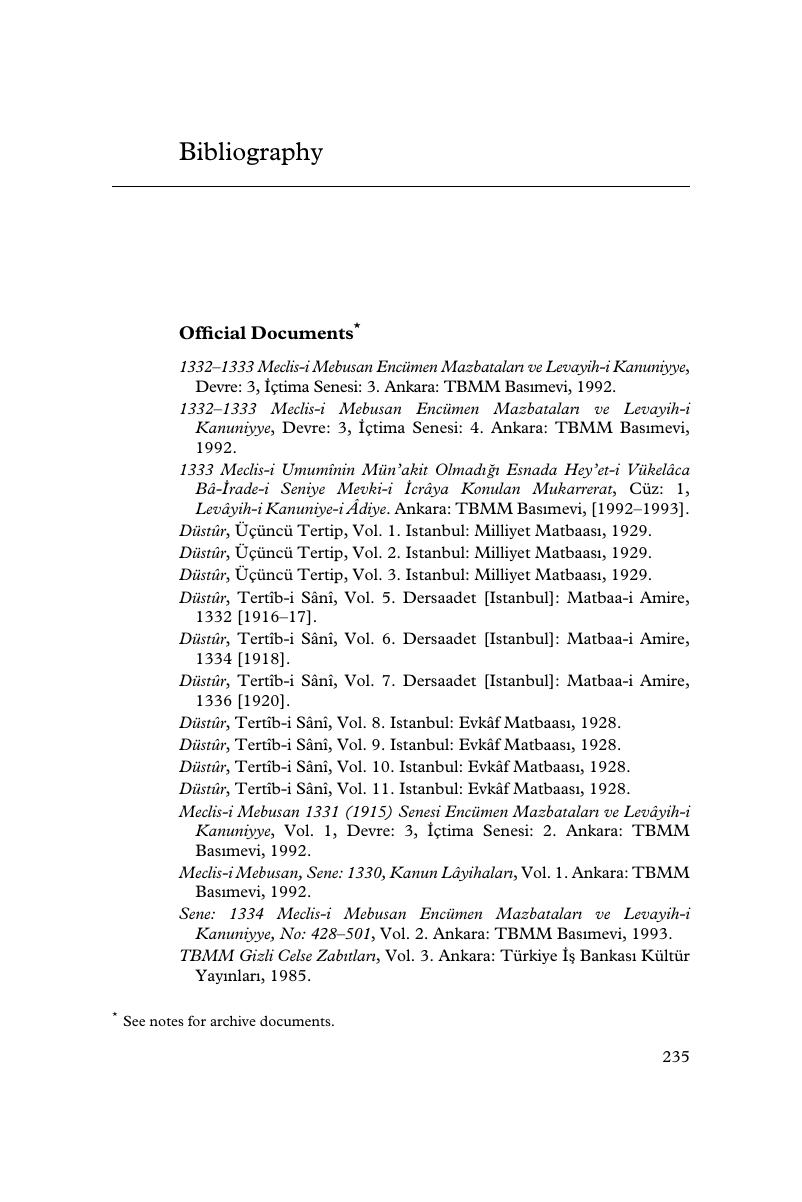Book contents
- Ottoman Women during World War I
- Ottoman Women during World War I
- Copyright page
- Contents
- Illustrations
- Maps
- Tables
- Acknowledgments
- Chronology
- Glossary
- Abbreviations and Archive References
- Additional material
- Introduction
- Part I The Home Front
- Part II Women’s Negotiation of Wartime Social Policies
- Part III Women and Working Life
- Part IV Women’s Resistance to War Mobilization
- Notes
- Bibliography
- Index
- References
Bibliography
Published online by Cambridge University Press: 30 October 2017
- Ottoman Women during World War I
- Ottoman Women during World War I
- Copyright page
- Contents
- Illustrations
- Maps
- Tables
- Acknowledgments
- Chronology
- Glossary
- Abbreviations and Archive References
- Additional material
- Introduction
- Part I The Home Front
- Part II Women’s Negotiation of Wartime Social Policies
- Part III Women and Working Life
- Part IV Women’s Resistance to War Mobilization
- Notes
- Bibliography
- Index
- References
Summary

- Type
- Chapter
- Information
- Ottoman Women during World War IEveryday Experiences, Politics, and Conflict, pp. 235 - 260Publisher: Cambridge University PressPrint publication year: 2017



